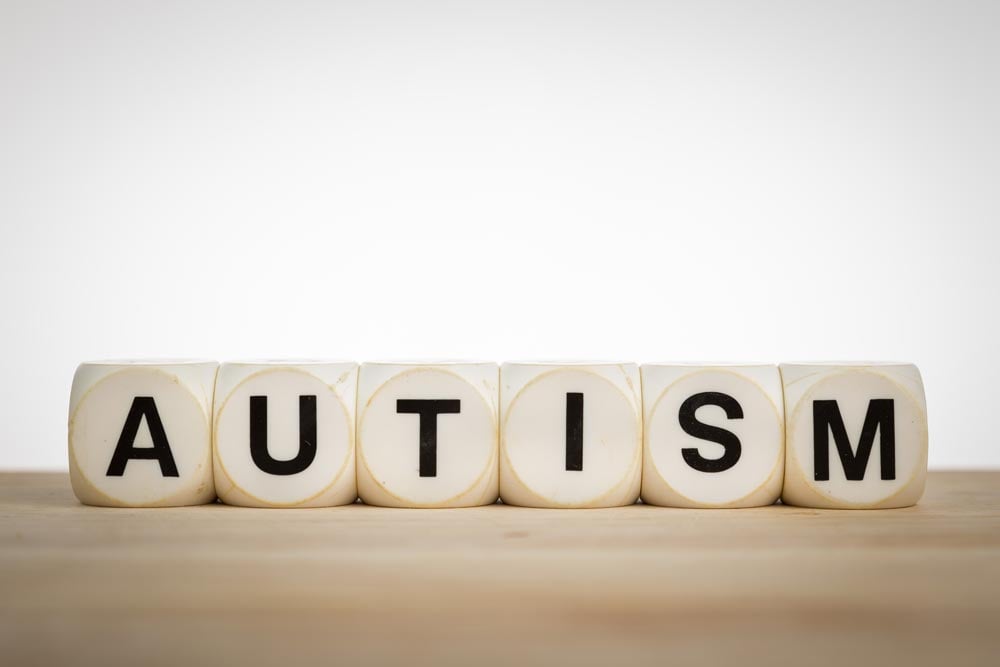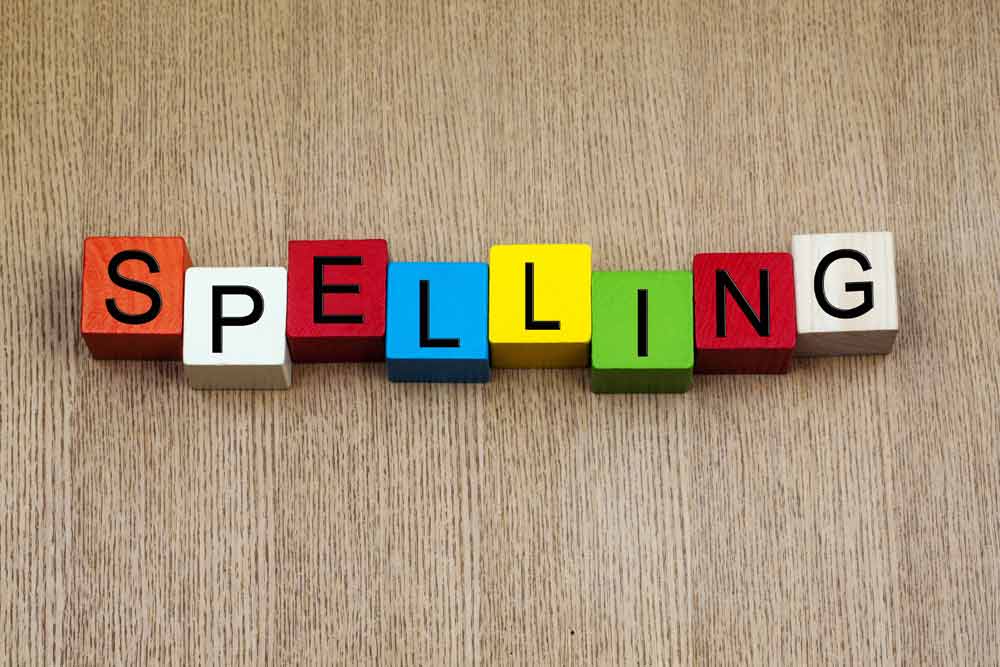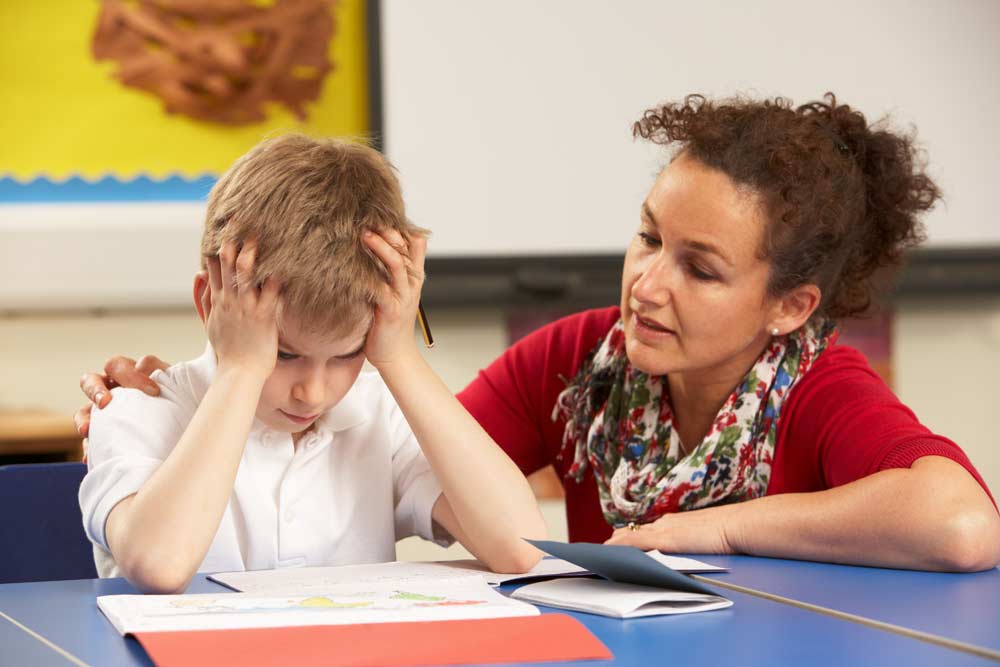 My experience as a college engineering professor for the past twenty years tells me that students who are motivated tend to perform better academically, graduate within six years of education, and to either pursue advanced degrees or transition into engineering jobs of their choosing. But how do students get motivated? Is motivation an innate skill or can it be attained? What makes a student motivated?
My experience as a college engineering professor for the past twenty years tells me that students who are motivated tend to perform better academically, graduate within six years of education, and to either pursue advanced degrees or transition into engineering jobs of their choosing. But how do students get motivated? Is motivation an innate skill or can it be attained? What makes a student motivated?
I am a strong advocate for project based learning. I believe that learning can only be authentic when one understands how and when knowledge attained can be applied to solve problems. I frequently give out projects in my freshman and junior classes and encourage students to think outside the box and apply what they have learned in the class to develop creative solutions. Project examples include renewable wave energy system and remotely operated vehicle designs. As I expected, students who worked on these projects appeared very enthusiastic and motivated. I was led to believe that student can become motivated when they see what they learn can be connected to reality. In other words, they see meaning in what they learn.
Five years ago, I found out motivation is not just about finding meaning in learning. I assigned a project on vegetable garden system design to my freshman students. They were to design a sustainable engineering solution based on renewable energy sources, such as wind, solar and rainwater, and that can be implemented on campus. I thought students would find this project highly relevant. In contrast, I was astonished to find out students were not motivated to work on this meaningful project! I was literally back to square one about what makes students motivated.
I came across an important psychology research finding about four years ago that led me to a solution. The research [1] suggests autonomy is an important driver for motivation. Autonomy is all about having choices. When students have choices to decide what they want, they tend to take ownership of their choices, and are willing to spend as much time as they can. Think about why someone would spend enormous time and money playing a sport like hockey (I can tell you from personal experience how expensive it is!). The simple answer is that is what they want to do. The converse is true: when students are told what to do every step of the way, they don’t feel like owning the problem because they think it is not theirs. This was so true for my garden design project example. Students didn’t choose that project, I did.
Nowadays, rather than assigning projects in class, I empower students to design their own projects. There are many challenges in this approach for both students and faculty. I have to balance autonomy with guidance and direction. Students experience, sometimes for the first time, making academic decisions. The rewards for both are well worth the effort. In addition to college students, I also mentor high school students for college preparation. Recently I mentored two high school students who wanted to have project experiences; one designed an underwater scooter, the other designed a wave energy system. They both achieved a great deal in terms of levels of confidence and problem solving skills, and more importantly got offers to their first-choice universities. Based on my experiences so far, I truly believe that educators should embrace the tools of autonomy and help our kids to reach their full potential.
[1] E. L. Deci, and R. M. Ryan. Intrinsic Motivation and Self-Determination in Human Behavior, NewYork: Plenum, 1985.
By Edgar An, Private Tutor

 Word recognition is an important domain in successful reading. Being able to immediately
Word recognition is an important domain in successful reading. Being able to immediately  The
The 